Johannesburg, often called Jo’burg or Jozi by locals, is a city full of energy and stories waiting to be told. Sitting high on the South African Highveld, it is not just a busy city but a place where past and present meet in interesting ways. Whether you like seeing tall buildings, tasting new foods, or meeting people with many different backgrounds, Johannesburg offers something for everyone. This city has its own pulse, a rhythm you can catch if you walk its streets and listen carefully.
Table of Contents
Walking Through Johannesburg’s Architecture and History
At the heart of Johannesburg is a mix of old and new architecture. You can find tall skyscrapers alongside colonial buildings and small colorful houses. The historic Constitution Hill is a place that tells many stories of South Africa’s past. Once a prison, it now serves as a museum and the home of the country’s Constitutional Court. Walking here, you feel the weight of history but also hope for the future.
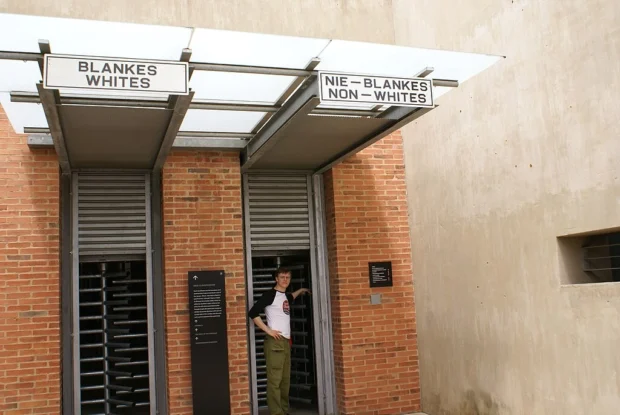
In contrast, the Sandton area shows Johannesburg’s modern side. It is the financial center with shiny office towers and luxury shops. Nearby, the Nelson Mandela Square statue draws visitors who want to connect with the legacy of South Africa’s beloved leader. The city’s urban development shows how quickly it has grown from a mining town to a major metropolis.
Markets and Culinary Delights from Different Districts
For food lovers, Johannesburg is a surprising treasure. The city’s markets are places where smells and colors meet. The Neighbourgoods Market in Braamfontein is a weekend favorite. Here you can taste everything from South African barbecue called “braai” to spicy street food influenced by Indian and Cape Malay recipes. Eating a “bunny chow” – a hollowed-out loaf filled with curry – in a market buzzing with music and chatter is a real Jozi moment.
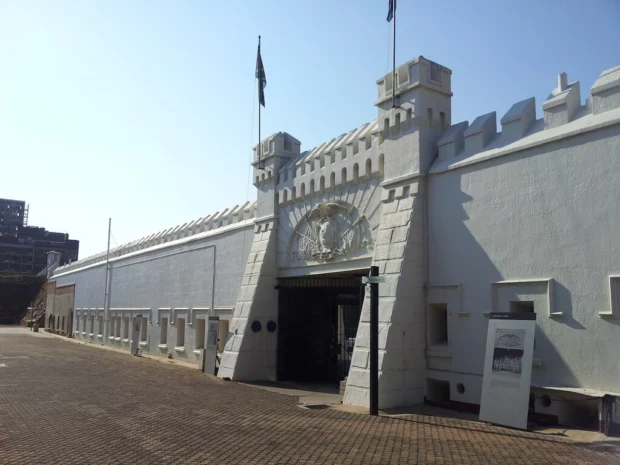
Don’t miss out on sampling “biltong,” dried meat similar to jerky, which locals snack on throughout the day. Different neighborhoods offer different specialties; Soweto, for example, has vibrant street food culture where you can try “mealie pap,” a cornmeal dish often served with tomato sauce or stew. Sharing a meal with locals here often turns into an invitation to learn about their lives and traditions.
After learning about Johannesburg’s lively markets and street food, you might find Toronto’s diverse food neighborhoods an interesting next stop with their own unique flavors and stories.
Getting Around Johannesburg from Airport to the City
Johannesburg’s main airport, OR Tambo International, is about 25 kilometers from the city center. Many visitors use trains or shuttle buses to reach downtown. The Gautrain fast rail system connects the airport with Sandton and Johannesburg stations quickly and safely. It’s a cleaner and more reliable way to move around than some other options. Once in the city, buses and minibus vans called “dala-dalas” take you to most places, but they can be busy and confusing if you do not speak the local languages. Walking in some areas like Maboneng Precinct offers a chance to see street art and meet local artists.
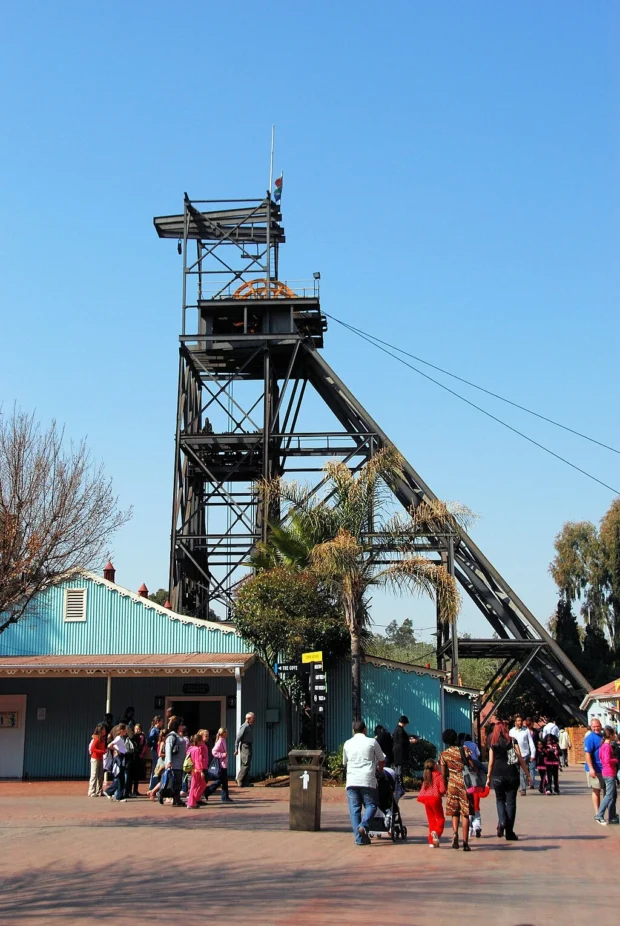
Customs and Culture to Respect in Johannesburg
When meeting people in Johannesburg, greetings and respect are important. South Africans often shake hands firmly and look you in the eye, showing honesty and interest. It is polite to greet everyone when you enter a shop or home. If invited for a meal, it is considered rude to arrive very late or to refuse food without trying a little first. Loud talking or anger in public is usually frowned upon; calm speech is appreciated.
The city is home to many ethnic groups including Zulu, Xhosa, English, Afrikaans, and Indian communities. This diversity is seen in music, dance, and everyday life. Joining local festivals or markets can give a better understanding of how these cultures live side by side. Johannesburg’s story is one of movement, change, and a desire to build a shared future, even after difficult times.
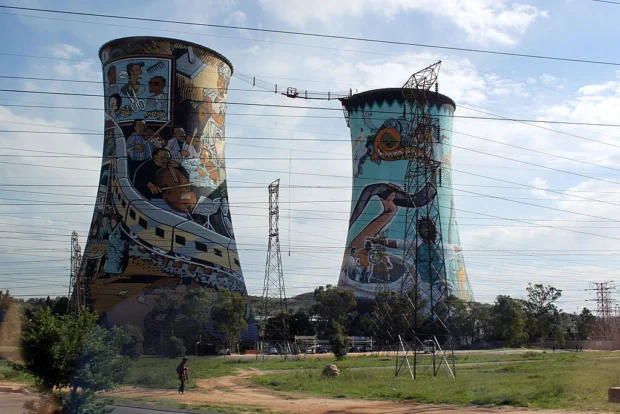
Hidden Corners and Local Stories to See
Many visitors focus on well-known spots, but Johannesburg has small corners full of charm. The Maboneng Precinct, for example, is an old factory area turned creative district where galleries, cafés, and studios mix. Street murals tell stories of struggle and hope painted by local artists. Nearby, the Market Theatre shows plays that often speak about South Africa’s social issues and daily life.
Another hidden gem is the Johannesburg Botanical Gardens, a quiet green space where you can relax and watch families picnic under tall trees. It feels like a peaceful contrast to the busy city streets. Here, you might hear birds singing or see small groups practicing traditional music and dance on weekends.
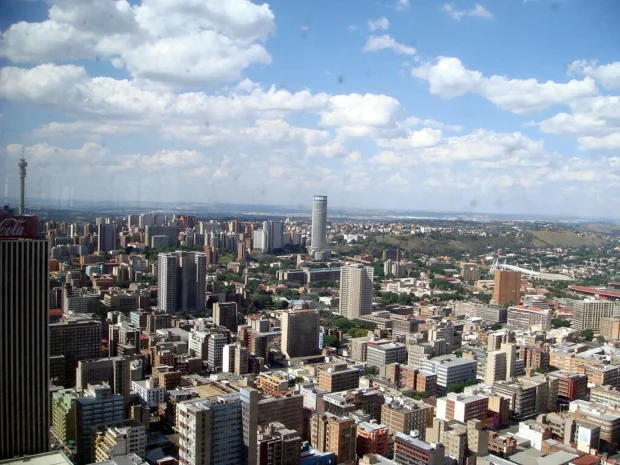
Quirky Facts Many Visitors Miss
Did you know Johannesburg is one of the largest man-made forests in the world? Millions of trees have been planted to create shade and cool the air. Also, the city grew quickly after the discovery of gold in 1886, making it the richest square mile on Earth at one point. Yet, beneath this wealth lies stories of hardship, resilience, and change. You might hear a taxi driver tell a story about a secret meeting place from the apartheid days or learn how a street artist uses his work to remember old neighborhood tales.
Where to Stay for Comfort and Culture
Johannesburg offers many places to stay, from quiet guesthouses to lively hostels. Choosing a neighborhood depends on what you want to see. If you want to be close to downtown’s museums and markets, look for accommodation in areas like Braamfontein or Newtown. For safer and more modern surroundings, Sandton is popular, especially for business travelers. Some prefer to stay in Soweto, where the atmosphere is rich with history and community spirit, but it is important to choose well-known places and get local advice about safety.
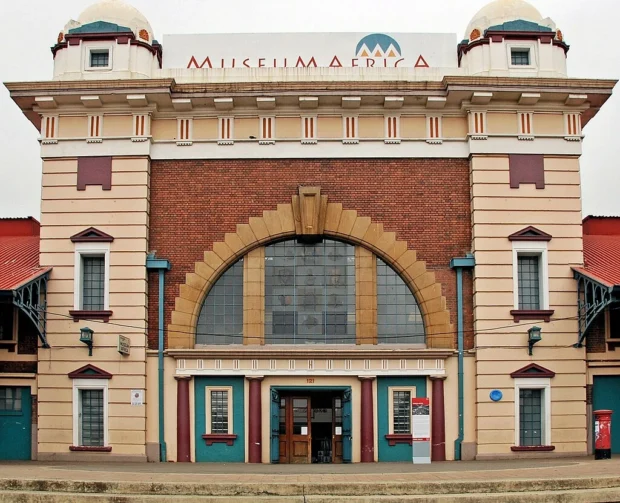
Staying in Johannesburg is not just about having a room but joining a community, even for a short time. Small guesthouses often offer meals and chances to meet other travelers and locals, opening doors to stories and friendships.
Johannesburg is a city of contrasts, where old mines meet modern offices, and where many cultures mix in everyday life. It invites you to walk its streets slowly, taste its food, listen to its music, and hear its stories told by the people who live here. Your time in Jozi can be more than sightseeing; it can be a way to understand a city that keeps changing while holding on to its soul.
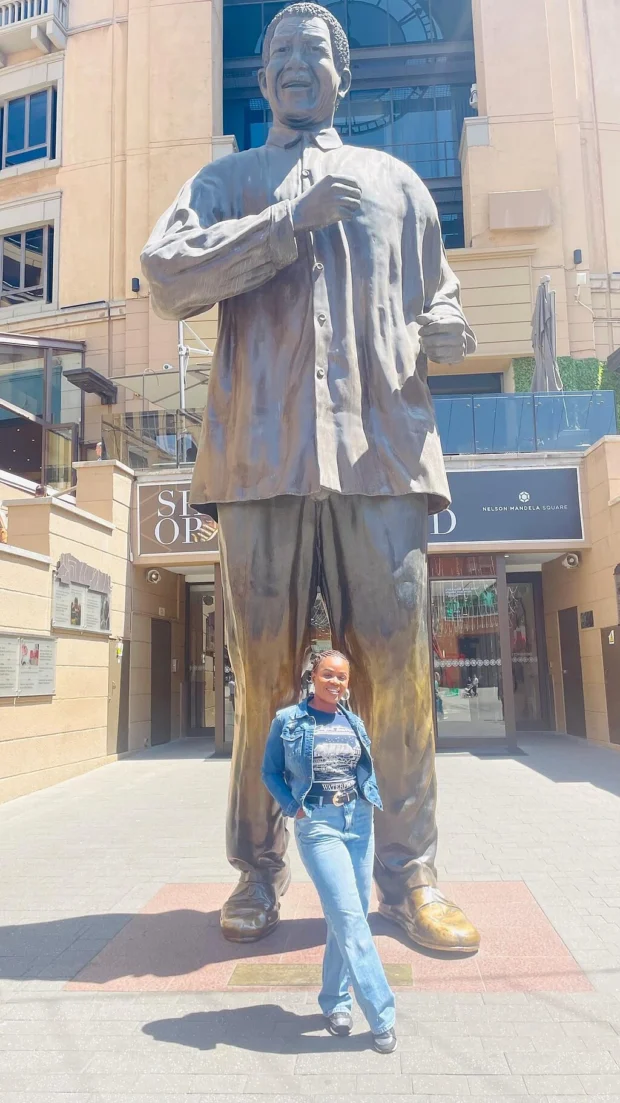
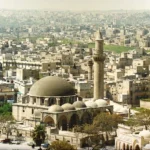
Traveler exploring cultural intersections, sharing reflections on similarities and differences between traditions, lifestyles, and food.
- Johannesburg CBD by Evan Bench on Wikimedia Commons – cc by 2.0
- Apartheid Museum Segregated Entrance by Justin Hall on Wikimedia Commons – cc by 2.0
- Old Fort Entrance (from the inside) by The Heritage Portal on Wikimedia Commons – cc by-sa 3.0
- Gold Reef City Mine Tour 003 by Ossewa on Wikimedia Commons – cc by 4.0
- 2014-11-20 15h50 Orlando Power Station Soweto anagoria by Anagoria on Wikimedia Commons – cc by 3.0
- View from the Top of Africa building – Ponte City Apartments on the centre (4611826497) by Jorge Láscar from Australia on Wikimedia Commons – cc by 2.0
- Museum Africa 01 by Ossewa on Wikimedia Commons – cc by 4.0
- Visite à Nelson Mandela Square 16 by Yasield on Wikimedia Commons – cc0
